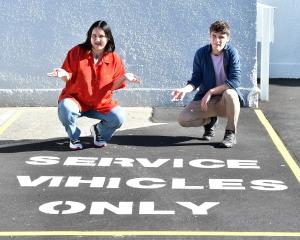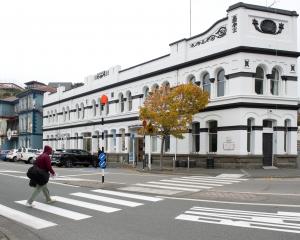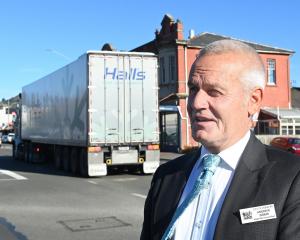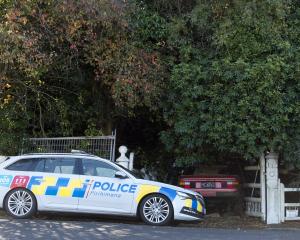Turning Forbury Park racecourse into a lake, building a wall around it or raising the whole area have been rejected as options for defending Dunedin's harbourside and south city areas from sea-level rise.
But a series of pumps at low-lying points and wells around its coastal fringes could be viable ways of saving one of the city's most valuable areas - home to $4.3 billion worth of infrastructure and property assets and 10,000 people - from going under water, an initial assessment of the options says.
The report, prepared for the Dunedin City Council by Robert Crosbie, from consultancy Beca, says the main threat to the harbourside and south city area from sea-level rise in the next 100 years will be from rising groundwater, forced up by the rising sea level.
The groundwater in the area generally sits about 40cm below the surface.
Inundation was not expected to be a serious issue this century.
Although time frames were estimates only, at this stage the sea level was predicted to rise 30cm by 2040 and 80cm to 1.6m by 2090. It seemed the lower end of that range was more likely, council corporate policy team leader Maria Ioannou said. That meant there was time before decisions had to be made about how to protect the south of the city.
After doing a high-level assessment of the options, Mr Crosbie said a solution to a 30cm sea-level rise could be to install a system of underground drains in lower-lying areas and pump the collected groundwater into existing stormwater systems.
When sea levels 80cm higher were reached, 70m-deep wells could be dug around the perimeter of the area to intercept incoming groundwater before it reached the aquifer and pushed the groundwater levels up.
How many wells depended on how high the sea rose.
Options such as building up the whole area, building dykes, installing a surface drainage system, digging out Forbury Park racecourse and making a lake, building an impermeable barrier 70m deep along coastal fringes and putting a tidal barrier in at Andersons Bay inlet were also considered, but dismissed because they largely still required pumping water out.
He estimated the pump system could cost about $10 million to install, noting costs would vary greatly over the long period being considered and included assumptions about things like the dune system remaining in place, and the wells about $65 million.
Before any plans could be made, extensive underground investigative work needed to be done to understand exactly how the groundwater would react to the rising sea level. He noted that had already begun, with the Otago Regional Council recently installing an extra monitoring bore.
DCC planning and regulatory committee chairman Cr David Benson-Pope said the Beca assessment was indicative only, but was a useful starting point for the work that was needed before the council made any decisions about what to do.
There would be plenty of consultation with local property owners and the wider community before any decisions were made, he said.
He expected people in the harbourside and south city areas would welcome the report, because it showed the area could be protected.
''I think it will be quite reassuring for people to look at this and see we have a series of options to work through that are not necessarily earth-shatteringly expensive and are a very long way off.''
ORC engineering, hazards and science director Dr Gavin Palmer said the report gave a useful indication of the scale and nature of interventions potentially required, and was a good place for the councils to start as they teased out the feasibility of the options.
The Beca report would be added to land information memorandums, but Cr Benson-Pope did not think that should affect house values because most people were already aware it was a future issue in the area.
Ms Ioannou said that because the options for protecting the area from sea-level rise were still being explored, the council was recommending the next iteration of the district plan stick with the status quo, which was to limit development to existing density levels in the residential areas.
Plans to communicate it to the south city community were being developed and there would be plenty of opportunities for people to have their say on the matter as protection plans were developed over the next decade or so.
The next step was for council staff to work when, and how much it would cost, to do the more detailed investigative work needed on the options for protecting the area. That work would begin in 2015-16.
Councillors will consider the Beca report next week.













